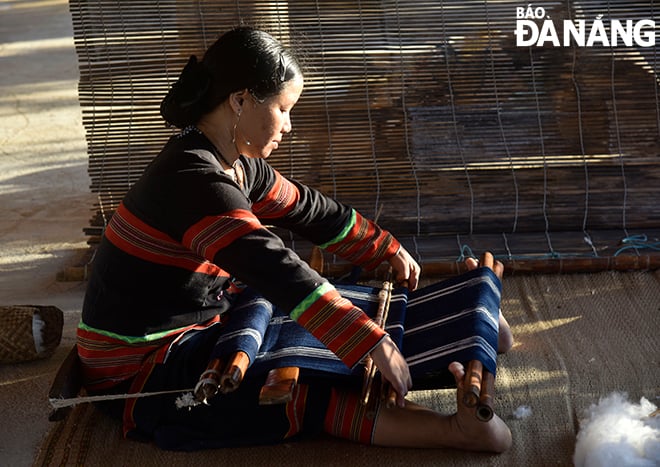 |
| Co Tu weaver at the loom. Photo: TV |
For a long time, the Co Tu people have been associated with the craft of weaving brocade. Many native cotton varieties such as kpay plâng, kpay lao, kpay plưng, also known as “grass cotton”, are grown to exploit raw materials for weaving. After preservation, the Co Tu people have created many different tools to process fibers: seed separation tools (êt); cotton-peeling tools (tơrômê); cotton-winding sticks (plau); yarn-spinning machines (chia); raw yarn-winding hhung (before dyeing); yarn-blowing tools (tra ca)...
The ethnic people also found raw materials to make dyes for cotton fibers. The basic colors appearing on the Co Tu ethnic costumes are white (bhooc), black (tam), red (prom), blue (ta vieng), yellow (rok). In addition, there are secondary colors such as brown (prau), purple (po nghinr)... Later on, the ethnic people's color palette became richer thanks to the exchange of cotton fibers with other ethnic groups and yarns and wool fibers in the market.
Interestingly, in the era of 4.0 technology, they still preserve the most primitive loom of mankind, researchers call it the Indonesian loom or the body tention loom. Although this loom is still primitive, low productivity, and limited in its ability to weave patterns, it can weave fabric of any desired width. The weaving technique of the Co Tu people is closely linked to the material, in which the most prominent are weaving colored thread patterns, wavy patterns, and beaded patterns.
The most unique feature in fiber processing and weaving techniques is the yarn dyeing and ikat technique. People take a yâng leaves, a type of forest tree with long, thin leaves like sword blades, and tie them to the dyed green fabric thread, then continue to dip them in the dye many times to turn the thread black. With this method, the place where the a yâng leaves are tied helps the thread retain its green color without being dyed a darker black during the dyeing process. After dyeing, on a piece of yarn, there are two colors, blue and black, mixed together, creating two different shades of light and dark. When weaving, people arrange the indigo-blue yarn sections next to each other on a dark black fabric background to reveal unique and eye-catching patterns, called wavy patterns.
When referring to the textile products of the Co Tu people, we cannot help but mention the bead patterns, which are the elements that create the aesthetic value of brocade and costumes. Arac, also known as alung, is the word used to refer to the beads arranged into patterns on the tut cloth of the Co Tu people. The people really like to wear dresses, loincloths decorated with bead patterns. Inserting beads, combining beads or creating patterns with beads is a special operation. By arranging each lead or bead, very meticulously and elaborately, they weave and create patterns very skillfully. Beads are made from tree seeds, grass, stones, lead and plastic beads. In the past, the Co Tu and Ta Oi people used lead beads that they made themselves to create brocade patterns.
The cotton weaving profession of the Co Tu ethnic group has created many different products and types. Each product has a certain use value and aesthetic value. Brocade fabrics, whether large or small, bear the creative mark of the weaver. We can distinguish Co Tu brocade products through the following specific types: aduong panels (tầm dố); shirts (adooh); cloaks (adây); X-shaped shirts (chơ gul, chơ peng); loincloths (h'giăl or g'hul); skirts (hđooh); headscarves; baby carriers (adường kon); brocade bags (chơ dhung); bibs (xờ ram); huts made of htút panels (g'nầu bh'muội)...
The weaving profession of the Co Tu people shows the strong vitality of the ethnic culture. Each woven product has value in many aspects, it is both an item, ensuring the needs of daily life, serving life, and also a wealth, showing prosperity, wealth and more, it is like a work of art, containing many quintessence, showing unique characteristics in the national cultural treasure. The weaving products of the ethnic group not only have material value, are a measure of social value, the wealth of each family, clan but also have aesthetic value, showing the rich spiritual life of each ethnic group. The typical values of traditional handicrafts, crystallized in each product, reflect the philosophy of life, the universe, and the aesthetics of the ethnic community.
The patterns on the fabrics of the Co Tu ethnic group have reached a high level of decorative art. It is a treasure of plastic art created by Co Tu artisans and weavers and passed down from generation to generation and is increasingly being created. Patterns such as the po lom flower, h'la atút, the spike (chơ răng), the pestle (hjêê), especially the Da da pattern, represent the dance of women, the sacred image of the rice mother, and are cultural symbols of the Co Tu ethnic group.
The Co Tu are an ethnic group that has preserved relatively intact valuable traditional cultural elements, including weaving and costumes. This is one of the elements that contribute to the formation of the unique cultural space of the Co Tu ethnic group residing in the Truong Son range. Brocade weaving - a traditional craft is truly a valuable heritage that is still preserved and protected. Because of that outstanding value, on August 12, 2014, at the 7th meeting of the National Heritage Council, the brocade weaving of the Co Tu ethnic group was recognized as a National Intangible Cultural Heritage.
TRAN TAN VINH
Source: https://baodanang.vn/channel/5433/202505/nghe-det-tho-cam-cua-dan-toc-co-tu-4006936/




![[Photo] Ho Chi Minh City holds funeral for former President Tran Duc Luong](https://vphoto.vietnam.vn/thumb/1200x675/vietnam/resource/IMAGE/2025/5/24/9c1858ebd3d04170b6cef2e6bcb2019e)


![[Photo] The Government Standing Committee works with ministries and branches on the real estate market situation.](https://vphoto.vietnam.vn/thumb/1200x675/vietnam/resource/IMAGE/2025/5/24/e9b5bc2313d14c9499b8c9b83226adba)




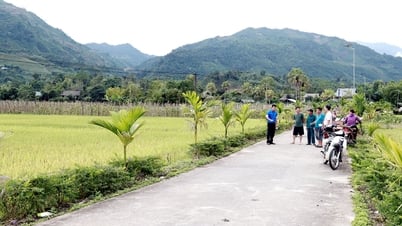



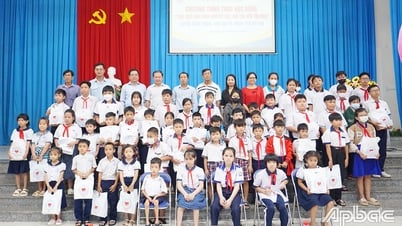







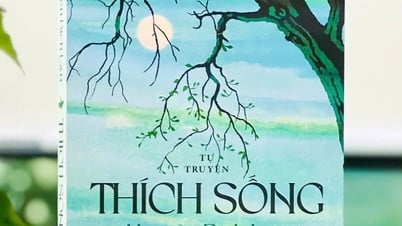
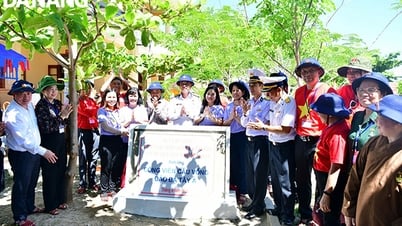


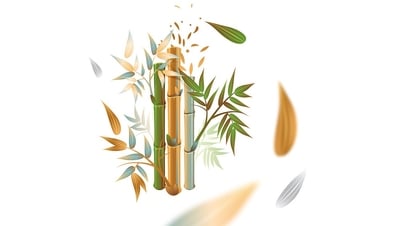

![[Photo] Party and State leaders visit former President Tran Duc Luong](https://vphoto.vietnam.vn/thumb/1200x675/vietnam/resource/IMAGE/2025/5/24/960db9b19102400e8df68d5a6caadcf6)
















































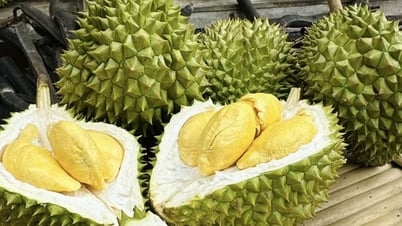
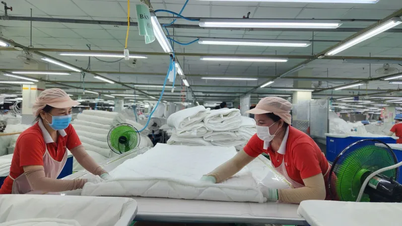
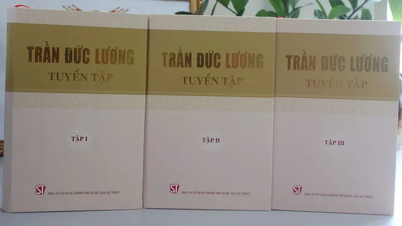











Comment (0)